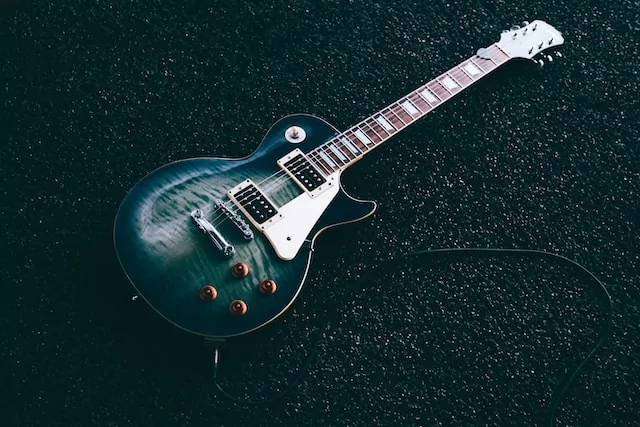Metal music, with its thunderous riffs, scorching solos, and forceful vocals, is an attention-grabbing genre that elicits a wide range of emotions. The guitar is at the heart of this sonic tempest, shaping the fierce soundscapes and nuanced melodies that define metal. In this article, we’ll look at the guitar’s dominant and crucial role in metal music, diving into how it contributes to the genre’s ferocity, technical prowess, and emotional depth.
Metal harmonies are generally distinguished by their complexity and discord, and the guitar plays an important part in crafting these harmonies. Guitarists produce tonal landscapes that lend depth and complexity to metal compositions, from harmonized guitar solos to sophisticated chord voicings. These harmonies contribute to the genre’s specific identity, distinguishing it from others.
Metal guitarists are known for their technical ability and shredding abilities. A metal guitarist’s repertoire includes blistering solos, lightning-fast scales, and sophisticated tapping techniques. These displays of virtuosity not only highlight the performers’ technical ability but also contribute to the adrenaline-fueled mood of the genre.
While metal is frequently associated with its harsh sound, the guitar may also be used to communicate a variety of emotions. Metal guitarists express emotions that go beyond the surface, from melancholy ballads to soaring anthems. They generate melodies that engage deeply with listeners by bending, vibrato, and passionate phrasing.
Learn to Play the Guitar
The guitar’s role in metal music takes numerous shapes depending on the subgenre:
Thrash Metal: Thrash metal guitarists generate a relentless aural onslaught that defines the genre’s vigor, with its fast tempo and quick riffing.
Doom Metal: The guitar’s function in doom metal switches to slower tempos and heavy, downtuned riffs, contributing to the genre’s dark and atmospheric atmosphere.
Metal guitarists are pioneers in the use of effects and novel playing methods. Guitarists use a variety of effects, from harmonizers to whammy pedals, to create different textures and atmospheres. These effects contribute to the exploration and progress of the genre, allowing the metal to constantly redefine its musical palette.
The guitar is more than simply an instrument in the world of metal music; it’s a conduit for power, emotion, and technical prowess. The guitar is the aural backbone of metal, driving listeners into a realm of intensity and catharsis with its crushing riffs, rich harmonies, and dazzling solos. The guitar, with its thunderous rhythms and soaring melodies, is a testament to the genre’s ability to express raw emotion and elevate the human experience to a level of aural transcendence.
Photo by Simon Weisser on Unsplash

